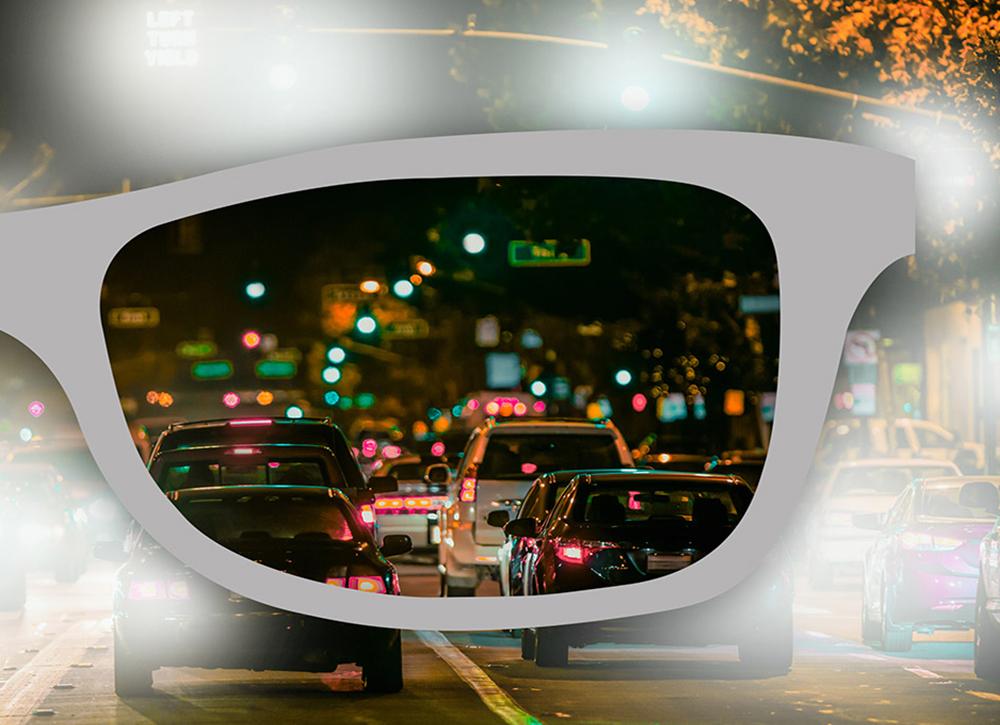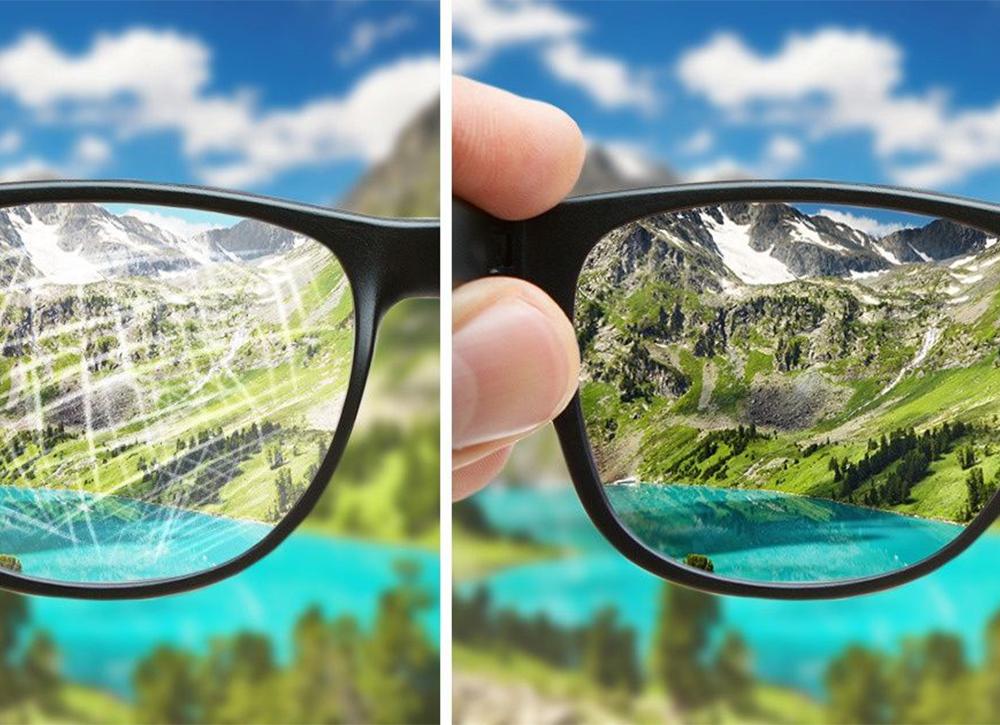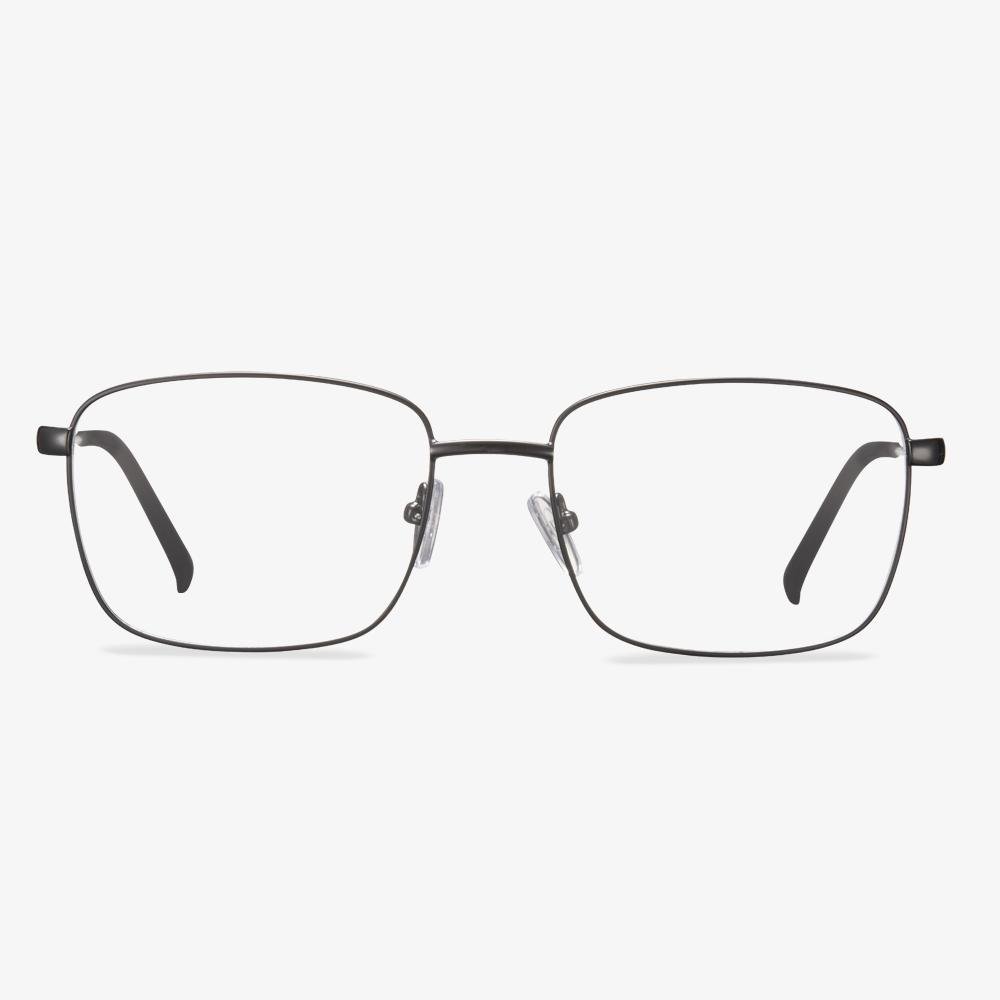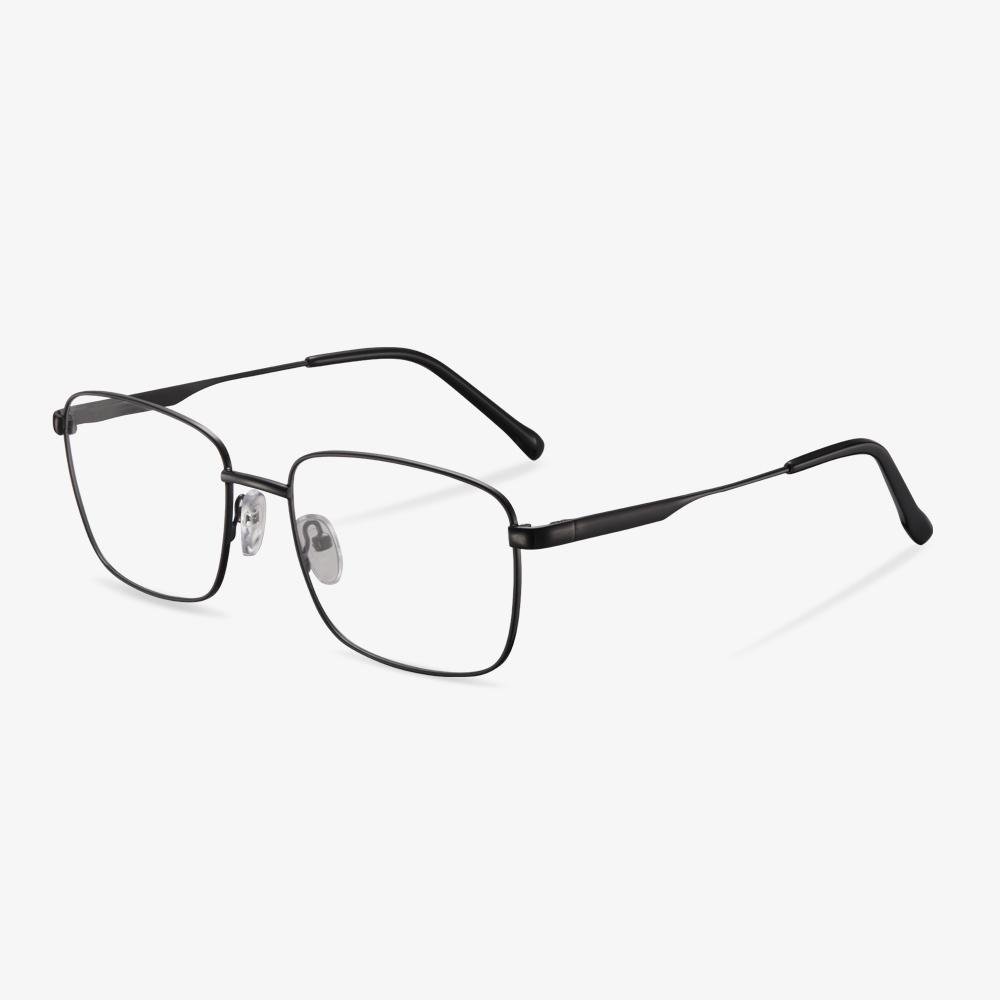In the previous article, we discussed “What is hard coating on lenses?”. In this article, let’s talk about “Why would wearing sunglasses help reduce anxiety?”.
The natural material
Early lenses were made of natural materials because they were easy to get. But natural materials have obvious drawbacks. According to records of the Qing Dynasty, Emperor Yongzheng wore crystal glasses given by the imperial court, which greatly improved the efficiency of reading documents. However, because of the cold nature, the crystal will make the temperature around the eyes low when wearing, and part of the crystal lens has color so that the light into the eyes becomes soft.
Production of glass lenses
Crown glass was first used to make lenses. The glass melt was blown into a crown, or hollow sphere, and then reheated in the center of a rapidly rotating plate, which was then unrolled and flattened by centrifugal force. Flat and thin edges are cut into suitable shapes to make window panes. The circular bulge in the middle is the prototype of the lens. The glass material used to make lenses was originally colorless transparent glass with a refractive index of 1.523. Other substances were added to the lens to improve its ability to absorb ultraviolet light.(https://www.koalaeye.com/collections/eyeglasses)
About CR39
The world's first resin lens was made of CR-39 material, and CR-39 is still the main optical lens material in Europe and the United States. After the end of World War II, people found that compared with glass, the main lens material at that time, the light transmittance of CR-39 is high, and it can block ultraviolet light. In addition, CR-39 can be dyed, not easy to fog, and has small dispersion (CR-39's Abbe number is 58) and other benefits.
About the MR
MR stands for Mitsui Resin, a raw material for optical lenses made by Mitsui Chemicals in Japan. It is the first high refractive index lens material produced by polyurethane technology in the world. It has the characteristics of high refractive index, high Abbe number, low specific gravity, high impact resistance, and so on. MR series material, with high impact resistance, good tensile strength, and minimal internal stress, is very suitable for the unique design of lens products, like rimless glasses and high bending lenses, etc. At the same time, it has good processing, dyeing, and weather resistance.
Trivex
Trivex is a special material from PPG. Compared with PC lenses, the refractive index is lower (only 1.53) but the Abbe number is higher (up to 45), which results in smaller dispersion and better image quality. At the same time, the impact resistance of the Trivex lens is 10 times higher than that of the PC. It is the only explosion-proof safety lens that can withstand external force twists and turns in the market at present.
Thank you for your time in reading our passage “Which material is best for lenses?”. For more information about sunglasses and eyeglasses, please continue to follow KoalaEye Blog. Also, it is welcome to share and forward to Facebook and Twitter.





































